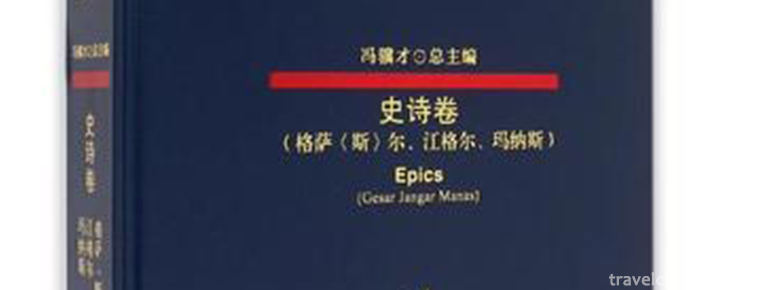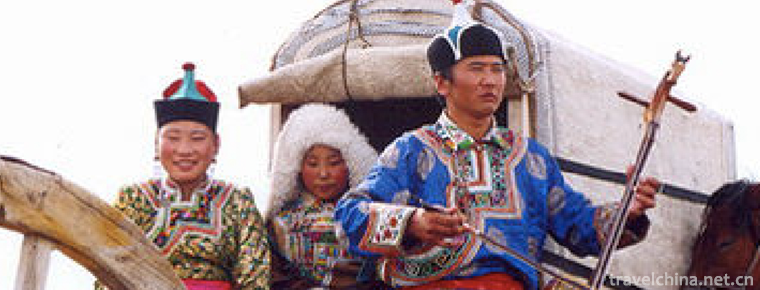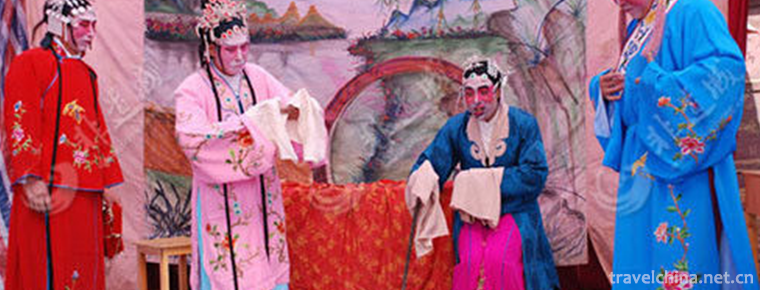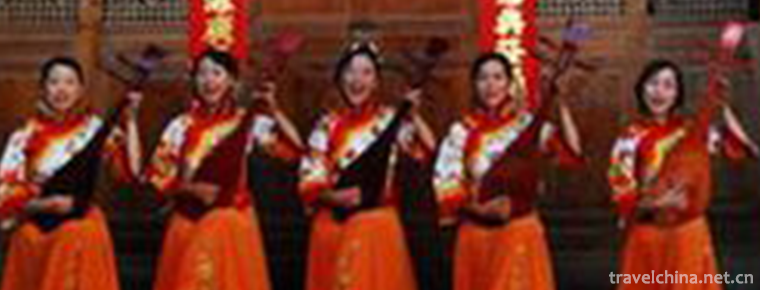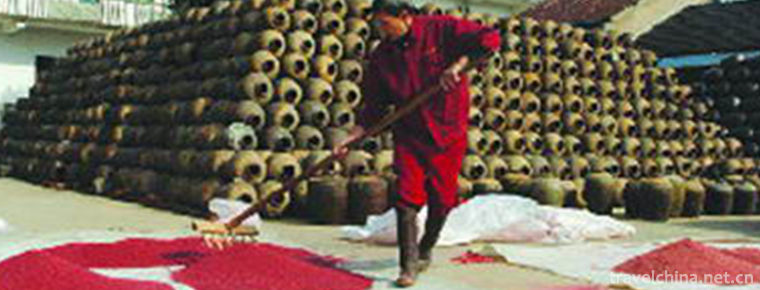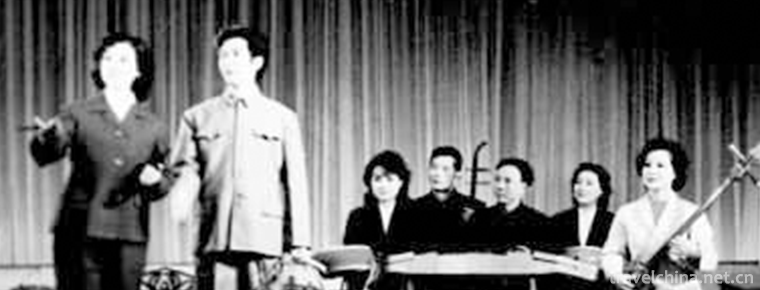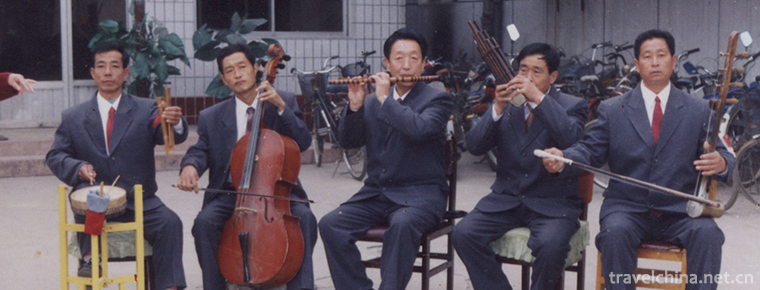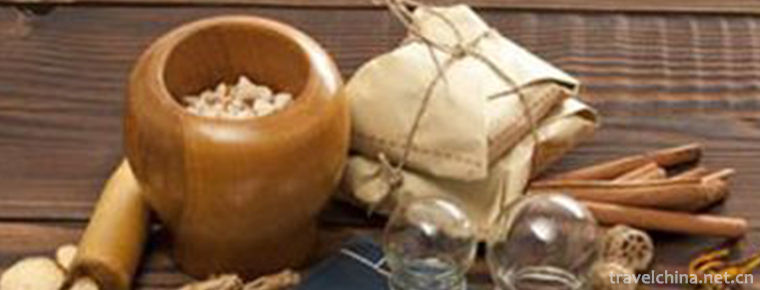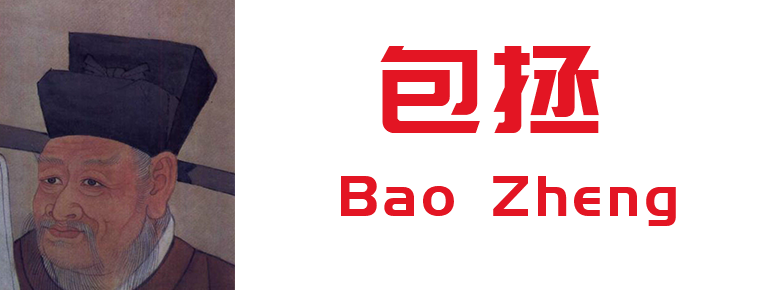Huaxia City Tourist Scenic Spot
Weihai Huaxia City Scenic Area belongs to Huaxia Cultural Tourism Group Co., Ltd. It is located in Weihai, a beautiful seaside resort city. It is a large-scale ecological and cultural scenic area mainly displaying oriental classical culture. On February 25, 2017, the Huaxia City Scenic Area of Weihai City, Shandong Province, was promoted to the national AAAAA-level tourist attraction.
Weihai Huaxia City Scenic Area, the first city of China's ecological and environmental protection, is an important achievement of Huaxia Wenlu Group in repairing 44 mining pits in Longshan, Weihai, in the past 10 years from the beginning of 2003. It combines environmental management with tourism development. It has gone through the arduous experience of "Yugong Moving Mountains" and "Phoenix Nirvana". The scenic spots now built in various quarries have their own characteristics, including the Yuwang Palace, which exhibits the history and culture of Yao, Shun and Yu dynasties in an all-round way, and the summer garden with the folk characteristics of Jiaodong. There are underground projects built in the mine, Weihai Civil Air Defense Education Museum, which covers the upper part of the mine with earth and greens, and tourists visit the underground mine according to the mine. The first archway building in China with the largest span, the world's unique three-sided holy water Guanyin, and the rich and colorful traditional performances of acrobatics and equestrian. Among them, the "Legend of Mysterious Excursion" show created in the mine pioneered the combination of natural and human scenery. The audience can enjoy the wonderful performances of water, land and air in all directions.
The scenic spot has been selected as the "Top Ten Theme Parks with the Most Potential in China" and won the "Best Park Award for Creative Industry in China". It has also been awarded the first batch of Shandong Cultural Industry Demonstration Park by Shandong Cultural Department, the national cultural industry Demonstration Base and the national leisure fishery Demonstration Base.
Main attractions
The first arch building in Huaxia is a six-pillar arch building imitating the Ming and Qing Dynasties. Its north-south span is 86 meters, its height is 21 meters, and its momentum is magnificent. It is the largest arch building in China at present. The archway is towering in the distance and vigorous in momentum, while the carved beams and paintings are magnificent in the near future. There are three couplets on the whole. The order is: Five thousand years of self-improvement in China, 90,000 miles in Shenzhou, dragon and Phoenix dancing in the universe, earth and spiritual masterpieces in the Spring and Autumn Period, Taiping, rich and beautiful, flourishing in the world.
Summer garden
Summer Garden skillfully absorbs the essence of ancient buildings in North and South, contains rich oriental classical architectural beauty, and integrates with modern fashion design elements. The whole summer garden is divided into two parts: water landscape and Jiaodong folk culture exhibition area.
Waterscape is a creative combination of land buildings and water bodies while making full use of low-lying land for water storage and landscaping in Huaxia City Scenic Spot. Therefore, it has a water style that is not better in Jiangnan than in Jiangnan.
Jiaodong Folk Culture Exhibition Area is one of the most distinctive scenic spots in the scenic area of Huaxia City. It takes the life of Xia Yuanji, Minister of Ming Dynasty, and Xia Xuan, the ancestor of Weihai Xia family as clues, and uses wax figure, light, sound and physical expression to vividly show the daily life of ordinary people in Jiaodong and the vicissitudes of Jiaodong history. The vivid life scenes of marriage, sacrifice to the sea and threshing ground fully show the local customs and customs of Jiaodong, and reproduce the hard work and wisdom of the working people in Jiaodong.
China's only three-sided Avalokitesvara large dynamic landscape is composed of the main body of Avalokitesvara, lotus petals and four Dragon kings. Along with the melodious Sanskrit sound and the mist, the lotus petals blossom slowly in the grand Buddhist music sound, the three-sided Guanyin rises slowly from the petals, the fountain changes with the rhythm of the music, and integrates the modern high-tech lifting and rotating technology, gathering the dynamic scenery of sculpture, fountain, lotus blooming and the rising of Guanyin. Views are integrated to show the mystery of ancient Buddhist culture with high technology.
Xiansheng's three-sided Guanyin is a combination of Ruyi Guanyin, Holding Lotus Guanyin and Yangliuzhi Guanyin. The construction of Guanyin costs a lot of money. It lasts three years and is carefully cast in pure copper. Guanyin Master is auspicious on earth and compassionate on the world.
Tai Ping Chan Temple
According to the local history of Weihai, Taiping Zen Temple was built in about 703 A.D. in Chang'an of the Tang Dynasty. It is said that a monk named Hong Zhi was built by a Buddhist monk in memory of the Princess of Taiping, and it has been flourishing for thousands of years. Wild history records that Princess Taiping traveled east through Longshan and invested in the expansion of temple property. The scale of temple production reached its peak and incense became more vigorous. Her fame spread far to Yantai. Later, Hong Zhi built a school on the east side of the temple, named "Taiping School", which had a great influence. After the founding of New China, temple property was nationalized. During the Fourth Qing Dynasty, the temple was demolished and sericulture farms and quarries were successively set up. Up to now, more than 20 monuments have been left behind. In order to preserve historical and cultural relics, with the approval of religious departments, Huaxia City in Weihai was restored to its original site in 2008. On April 18, 2012, the temple was rebuilt and the Buddhist statue of the Mingzhe Presbyterian Hall was opened.
Large-scale Landscape Actual Performing Arts --"Shenyou Huaxia"
The world's first 360-degree all-round real-life landscape performance, Shenyou Huaxia, is the soul of the scenic area of Huaxia City. It was jointly created by Shandong Tourism Bureau and Weihai Municipal People's Government. Weihai Huaxia City Tourism Group and Zhao Anqiu, a famous Chinese director, created a normal outdoor real-life tourism performance. Through seven chapters of "Opening up Heaven and Earth", "Searching for the Origin", "Harmony between Heaven and Earth", "Paradise Peach Garden", "Jiuzhou Style", "The Heritage of the Dragon", "The Peaceful Age" and seven stages of real mountains and rivers, the performances show the profound Chinese civilization. The perseverance of Hou Yi's shooting day, the beauty of Chang'e's flying to the moon, the magnificent eruption of mountain torrents and volcanoes during Dayu's water harnessing, the blue ripples of Taoyuan, the flowing water of Xiaoqiao, the grand momentum of Longtenghuyue, the prosperity of the times before Taiping Zen Temple, and the grand scenes of the real scenery unfolding, the audience can enjoy them without leaving the table. To the water, land, air all-round 360 degrees surrounded by the spatio-temporal splendid performance.
Yu King Palace
Yuwang Palace is a key project of the Oriental Cultural Zone invested 230 million yuan by Weihai Huaxia City Tourism Group. Its construction area is about 5000 square meters, which mainly shows the history and culture of Yao, Shun and Yu, the ancestor of Chinese civilization.
9733
Walking into the future war hall is a civil air defense science and technology experience hall. It is to build an underground civil air defense hall, covering an area of 4000 square meters, using the steep slope of the mountain without destroying the mountain environment. Through 4D cinema, photo simulation, sound and optoelectronic technology, you will have the opportunity to interact and experience, and experience the helplessness, insignificance and tenacity of human beings in resisting nature and foreign invasion when war and disaster come.
Shenyou Marine Culture Museum
Shenyou Marine Culture Museum is a large modern marine ecological museum, which integrates marine tourism and popular science education. Shenyou Marine Culture Museum is located in the north of Huaxia City Scenic Spot in Weihai. It is a marine culture project which Weihai Huaxia City Tourism Group plans to invest 500 million yuan to build. Fusion with the natural beauty of the mountains and rivers forms the wonder of the sea in the mountains. Oceanographic Hall covers an area of 23,000 square meters, which includes nine themes: rainforest secret, fish world, mysterious sea and sky, deep-sea exploration, coral sea, polar scenery, colourful jellyfish, fantastic underwater show and Happy Ocean Theater. In the fish viewing area, you can enjoy more than 4000 kinds of precious marine organisms from the world's oceans, traveling through long circular transparent tunnels, so that visitors feel the beauty of the ocean. In the tropical rainforest area, you can enjoy the wonderful tropical coral reef fish. The most interesting part is the mammal show area, where trained sea elves will bring wonderful programs to tourists. The most magical and fantastic thing is the mysterious ocean culture experience zone. High-tech means create different ocean experience for tourists.
Joy China
Feel the charm of China between mountains and rivers, and build a happy paradise above the city. Happy Huaxia is Weihai's largest amusement theme park and the preferred destination for citizens'holiday trips. There are dozens of children's amusement facilities and adult amusement facilities: big pendulum, jumper, windmill, torrential gallop, bicycle, shark island, bump car, rotary cup, Samba balloon, etc. Regardless of age and interest, you can find your stimulation and happiness in "Happy China"!
Culture Valley
Cultural Valley is a cultural valley, which is rich in culture and edifying sentiment. Culture has appeal and vitality. Its charm lies in its perseverance, inheritance, the dignity and the heaviest carrying capacity needed by human beings, the blood and soul of a nation, and the way of life and behavior flowing in the blood.
In the view of Huaxia Group, a noble quality of life, in addition to comfortable environment and humanized management, is also indispensable to the corresponding cultural elements. To increase the cultural atmosphere of the scenic spot, Huaxia Group invested in the cultural Valley Project between Xiayuan and Shenyou Huaxia Performing Arts Theatre. As a cultural exhibition area, it mainly carves Chinese ancient and modern celebrity words. Among them, celebrities or cursive scripts, seal books, or regular scripts, travel between clouds and streams, to appreciate the vastness and depth of Chinese culture.










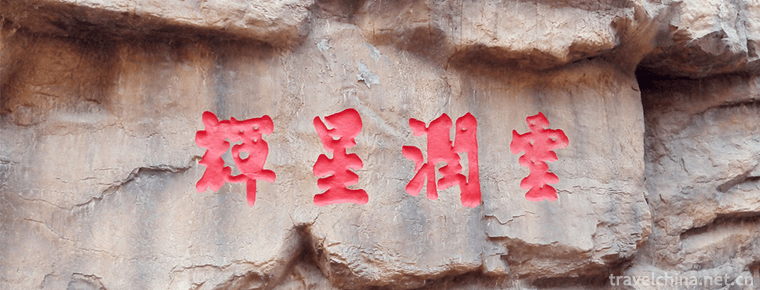
-
Tiananmen Square
East Chang'an Avenue, Dongcheng District, Beijing, China.
Views: 317 Time 2018-10-02 -
Jinhu Yang National Forest Park
Zepujin Lake Yang National Forest Park is located 40 kilometers southwest of Zepu County in the Gobi Depth, located in the upper edge of the Yerqiang River alluvial fan.
Views: 297 Time 2019-01-23 -
Gesar
Gesar (Sr) came into being in the second half of the 17th century and spread among the Mongolian people in Mongolia, Liaoning, Jilin, Heilongjiang, Qinghai, Gansu, Xinjiang and other provinces and reg.
Views: 322 Time 2019-05-01 -
Horqin Chaoer Epic
Horqin epic is a local tradition of Mongolian heroic epic. It is the only living epic in Horqin area of Inner Mongolia Autonomous Region. "Chao Er Playing Method", "Overtone Playing Met.
Views: 130 Time 2019-05-09 -
Brow tune
Meihu Opera is a local traditional drama in Shaanxi Province. From the development of the floor stall rap and social fire, the floor stall and social fire performances always focus on singing. Its act.
Views: 160 Time 2019-06-01 -
Nanping Opera
Nanping Opera is a folk art popular in the area of Jiuzhaigou County (former Nanping County) on the Northwest Plateau of Sichuan Province. It was once called "Nanping Pipa Playing and Singing&quo.
Views: 293 Time 2019-06-07 -
Traditional Brewing Techniques of Brewing Wine
The traditional brewing technology of Jinhua liquor is the traditional handicraft technology of Jinhua City, Zhejiang Province. The typical representative and complete remains.
Views: 140 Time 2019-06-07 -
Sichuan ballad singing
Sichuan Qingyin, formerly known as Pipa and Yueqin, is one of the traditional operas in Sichuan Province. In the 1930s, Qingyin Song Concerts or Improvement Meetings were set up in Chengdu and Chongqi.
Views: 200 Time 2019-06-16 -
Four strands
Four-strand string, also known as four-strand string, two-strand string, five-tune string and five-tune tune tune tune, is one of the ancient traditional local operas in China. It originates from Julu.
Views: 388 Time 2019-06-16 -
Harmonic Qin
In the history of Harmonious Qin, young men and women in Nima Township, Bango County, Naqu Prefecture, Tibet had a tradition of gathering to dance Harmonious Qin. Whether it was the end of farming or .
Views: 295 Time 2019-07-06 -
Processing Technology of Traditional Chinese Medicine
Processing technology of traditional Chinese medicine, one of the means of preparation or extraction of traditional Chinese medicine, is declared by the Chinese Academy of Traditional Chinese Medicine.
Views: 204 Time 2019-08-03 -
Bao Zheng Bao Qing Tian
Bao Zheng (999 - July 3, 1062), He Xi Ren. Luzhou Hefei (now) Anhui Hefei Feidong People. Northern Song Dynasty Famous ministers..
Views: 172 Time 2019-09-11


